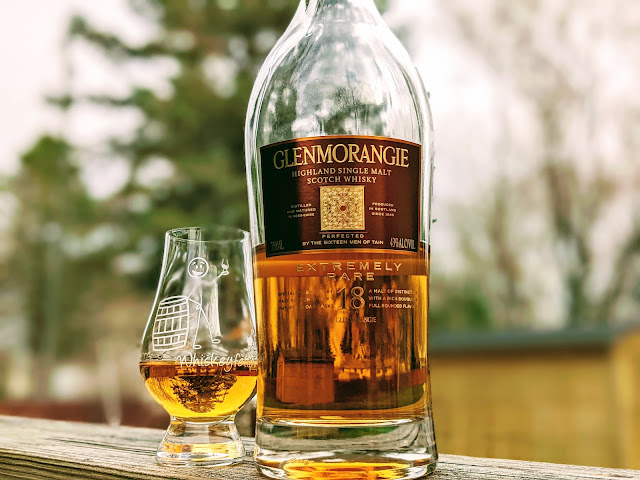Whisky
names and terms can be confusing. In an attempt to make them attractive and
differentiate one from another, marketers can leave you scratching your head
trying to figure out what the name or term means.
Take
Small Batch as an example. It is a
term meant to convey that only a select set of barrels were used in the blend.
In reality, small batch has no definition whatsoever. It can be a batch of one
barrel or a batch of thousands. Full Proof
is another. Some may walk away with the notion that it is the undiluted
contents in the bottle. Nope, it doesn’t have to be, and, in some instances, it
is diluted to the original barrel entry proof before bottling. Then there are
terms like Special Reserve or Limited Edition. They sound incredibly… well… special and limited,
but they are just words with no legalese behind them.
Yet
another market-speak word is Rare. To
most people, rare means it is in
limited supply or difficult to find. Some brands have the word in it, splashed
in big, beautiful script. While the brand in question can be challenging to
find at times, its name precludes the current market conditions.
What
about Extremely Rare?
There
are a handful of Scotch distilleries in the whisky universe that I fully expect
what’s in the bottle to be very good. Why? Because they have a long, proven
track record with me. That shouldn’t imply that something mediocre doesn’t come
out here and there because nearly every distillery does. I still #DrinkCurious,
and nobody gets a pass, but it sets in a particular bias. The Glenmorangie
is one such distillery. I’ve been a fan
of the Highland distillery almost as long as I’ve been drinking Scotch. There
are very, very few duds.
One
of Glenmorangie’s regular releases is an 18-year-old whisky called Extremely
Rare. Good or bad, the name implies this one is almost a unicorn. Except,
it isn’t. It is simply the name of its 18-year Scotch. Extremely Rare is a single malt Scotch, run
through Glenmorangie’s taled very tall giraffe
stills, then aged in former Bourbon barrels for 15 years. Then, about 30% of
that 15-year whisky is transferred to former Oloroso Sherry butts for another
three years, while the remainder of the 15 continues to age. At the end of 18
or so years, both parts are blended into a final product, then packaged at 43%
ABV (86°).
Extremely Rare
may make you think you’ll have to fork over a fortune, but it can be had for
$110.00 at some larger liquor outlets.
Is Extremely Rare any good? Let’s find out.
Appearance: In my
Glencairn glass, this Scotch was the color of golden straw. A medium-heavy rim
formed a wavy curtain of tears that raced down the wall.
Nose: Sweet
nectarines blasted me in the face. Honey, apples, golden raisins, and vanilla
followed. Not to be left out, almond, toasted oak, and citrus followed. When
the vapor entered my mouth, apricot rolled across my tongue.
Palate: A medium-bodied, oily texture coated every crevice
of my mouth. The front of my palate discovered golden raisin, apricot, and
honey, while the middle offered flavors of almond, vanilla, and orange peel. I
tasted mildly-charred oak, walnut, toffee, and a touch of lemon on the back.
Finish: Charred oak, lemon peel, toffee, and apricot
remained for a medium-to-long finish.
Bottle, Bar, or Bust:
Glenmorangie 18 Extremely Rare is a hell of a nice pour. No one flavor
dominated; instead, they melded together as if designed that way. I'd want the
finish to be drawn out longer if I had to come up with something – anything –
to nitpick at. For $110.00 or so, it is reasonably
priced and well worth the investment. Buy yourself a Bottle; you won’t regret it, rare or not. Cheers!
My Simple, Easy to
Understand Rating System
- Bottle = Buy It
- Bar = Try It
- Bust = Leave It
Whiskeyfellow encourages
you to enjoy your whiskey as you see fit but begs you do so responsibly.

Comments
Post a Comment
As we should drink in moderation, all comments are subject to it. Cheers!